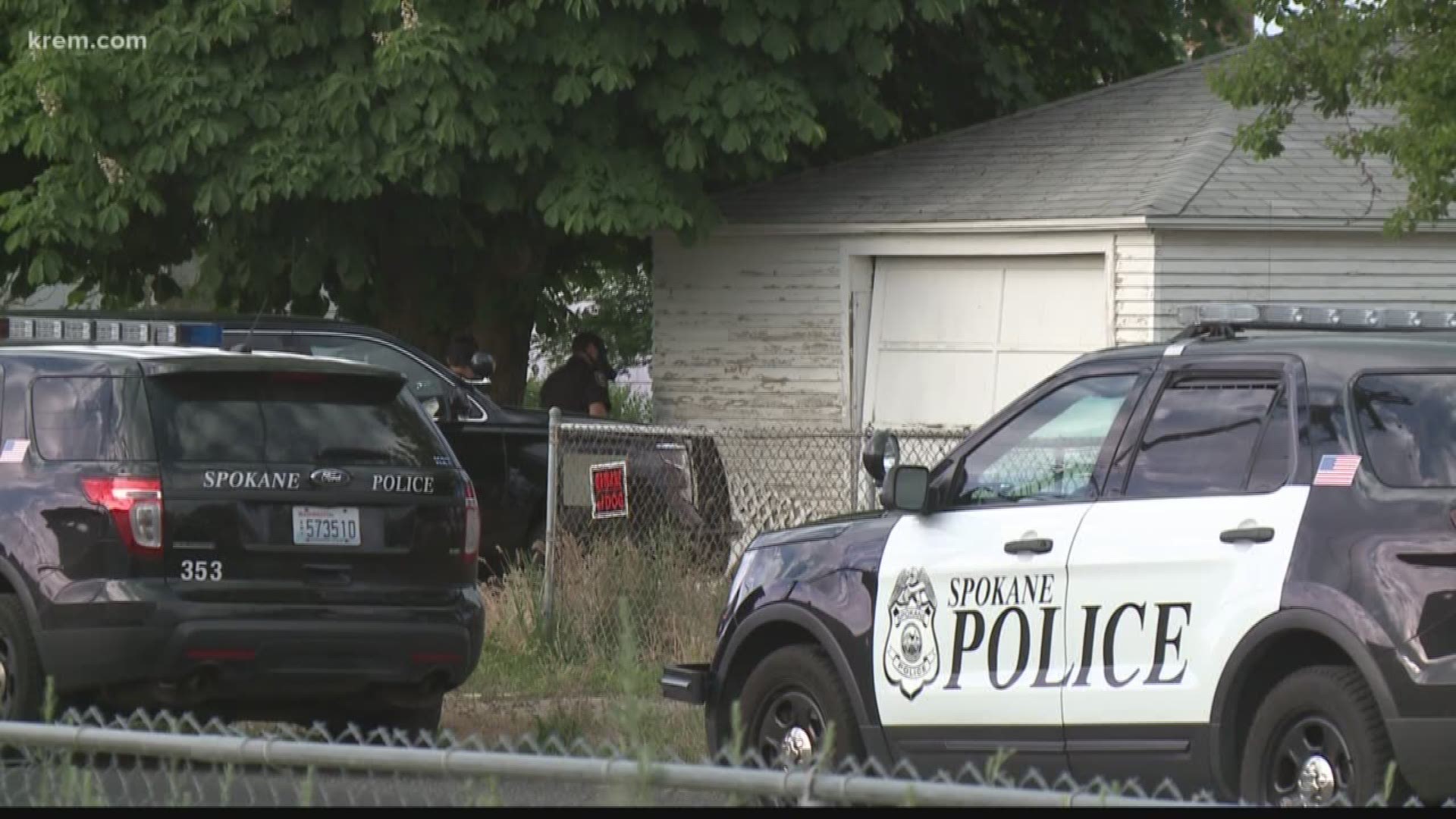SPOKANE, Wash. — Spokane City Council President Breean Beggs told KREM on Tuesday that he wants cuffing techniques that involve an officer kneeling on the back of a suspect's neck to be considered lethal force, like shooting.
The Spokane Police Department updated its training to include that the use of a knee or shin on someone's neck during an arrest is considered an "exceptional technique."
But Beggs said there's too much of a gray area left open to interpretation with the updating training protocols.
An “exceptional technique” is an arrest tactic to be used only when approved tactics may not be sufficient to take someone into custody, SPD spokesperson Julie Humphreys said. This means the tactic would be acceptable under "unique circumstances where there are no other reasonable alternatives and the immediate danger presented to officers or others justified an elevated governmental interest to bring the subject under control."
"Officers must evaluate, often under very tense and time sensitive situations, the best way to take someone in custody," Humphreys wrote in a statement to KREM. "Each arrest of a subject is unique as are the circumstances surrounding an arrest. There is no one size fits all formula to safely detain a resisting subject."
But Beggs wants the maneuver to be considered a use of deadly force, meaning that an officer could only use it in situations where there is a threat to the officer's or someone else's life.
How the change would be made
Beggs said the Spokane City Council has the authority to set minimum protections for the department to follow, and could ban neck holds or other techniques without the support of the police department.
However, Beggs said he wants to work with the department to respond to current concerns with police conduct in Spokane.
There are four ways to enact a change in policy at the Spokane Police Department: a mandate from the Chief of Police, a resolution, an ordinance, or a change to the City of Spokane Charter.
The first way, through a mandate, would mean that Spokane Police Chief Craig Meidl, is basically what happened when Meidl said on Monday that prone cuffing would only happen in exceptional circumstances. To change this to be more in-line with Begg's hopes, Meidl would need to mandate it could only be used in life or death situations.
While the next two, a new resolution or ordinance, are both handled by the city council, there are some differences between the two. For example, a resolution would be tough to actually enforce, but an ordinance goes a step further and would have to face a full council vote to be changed in the future.
The most difficult way to make this change would be through a modification to the City of Spokane Charter, which requires a vote by the public and can't be changed by the council itself.
Spokane police receive public backlash for March arrest
This comes after Humphreys announced last week that the department is investigating a March arrest in which body camera footage shows an officer kneeling on the head and neck area of the suspect.
The footage, which the department released after "community concern," shows five officers arresting a man in Riverfront Park. The suspect can be heard saying he is in pain and says he is having trouble breathing multiple times.
Over the last week, protests have taken place across the country and in Spokane over the death of George Floyd after a police officer knelt on his neck for several minutes.
Prone cuffing, a technique where officers use a knee to the back, shoulder and neck area, gives them "an effective tool to get someone under control when resisting arrest, and an even better tool for smaller officers who may be outsized by bigger subjects," Humphreys wrote.
The technique puts the suspect in a position that minimizes their ability to access a potential weapon, she added.
In response to the body camera footage, Humphreys said the pressure used during the technique was "never intended to be exhibited for an extended period of time." She said the technique took place for about a minute and that the officer re-positioned his stance to take pressure off the suspect's neck after being asked.
According to Humphreys, the state Criminal Justice Training Commission recently released clear guidelines that say "placing" the knee or shin across the neck for any length of time is not an approved arrest tactic. In response, SPD updated its defensive tactics training to include that the application of a knee or shin on the neck is considered an "exceptional technique."
The subject of knee-to-neck arrests will be a priority during an in-service training for officers that begins this week, according to Humphreys.

